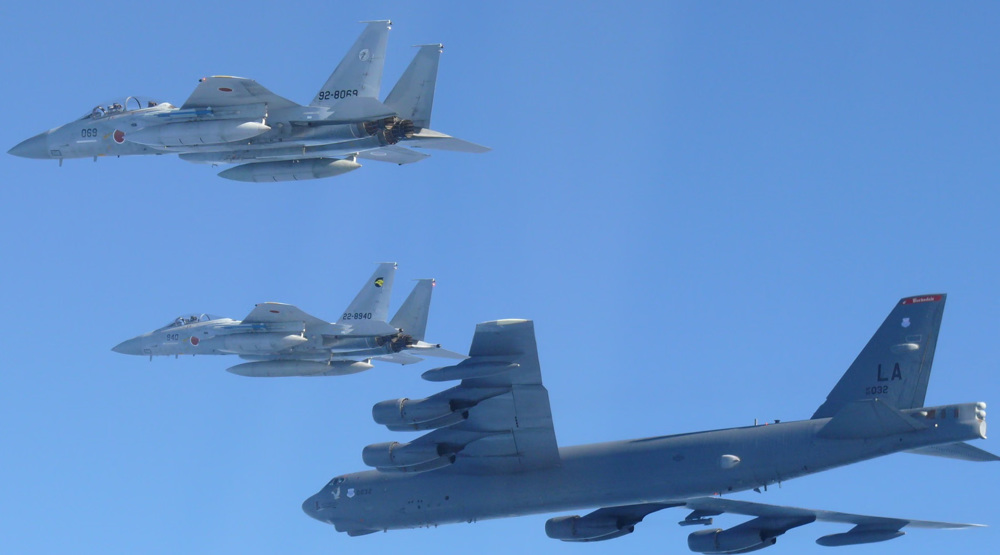China sends 13 satellites into orbit with single rocket
China successfully sent 13 satellites into orbit by using a single rocket from the Taiyuan Satellite Launch Center in north China's Shanxi Province on Friday.
The satellites, including 10 commercial remote-sensing satellites developed by Argentine company Satellogic, were blasted off atop Long March-6 carrier rocket at 11:19.
The mission also carried and launched three other satellites — UESTC Satellite (also known as Tianyan-05), Beihang SAT-1 and Bayi-03.
Argentina's 10 small remote-sensing satellites have the same technical status, carrying multi-spectral and hyper-spectral payloads, with each weighing about 41 kilograms and with a designed life span of three years.
The UESTC satellite was jointly developed by the Adaspace Co., Ltd., the UESTC (University of Electronic Science and Technology of China) and the Minospace Co., Ltd. It is mainly used for remote-sensing observation of the earth and can provide services for industries including building smart city and agricultural and forestry disaster monitoring. The satellite platform will carry out testing of terahertz communication loads.
Beihang SAT-1 is a 12U scientific experiment satellite jointly developed by the Changsha Tianyi Space Science and Technology Research Institute Co., Ltd. and the Beihang University. It is also the first key payload technology verification satellite for China's aerospace satellite system. It mainly carries out in-orbit experiments including receiving and retransmiting airborne ADS-B signals and exploring laser communication satellite-to-earth data transmission technology.
Bayi-03 is developed by students from the Jinshan Middle School in Taiyuan at the sponsorship of the Taiyuan Bureau of Education and China Aerospace Science and Technology International Exchange Center. It is mainly used to carry out such experiments as remote-sensing observation of celestial bodies, earth observation, and space-earth collaborative programming education. It carries a chip for a large-scale public welfare activity named "children's voice in space" to provide aerospace science popularization and education practice platform for young students.
Friday's launch was the 351st by the Long March rocket series.
(Source: Reuters)
Alawites demonstrate in Syria after deadly Homs mosque bombing
Iran FM urges Yemeni groups to unite and block Yemen’s fragmentation
Pro-Palestinian group Handala hacks phone of Netanyahu’s chief of staff, release videos
Iran launches three remote sensing satellites on Russian Soyuz rocket
How Iran’s economy adapts amid persistent pressures
Iran, China can upgrade ties to ‘outcome‑driven partnership’: Envoy
Displaced Palestinians freeze in flooded tents as Israel continues Gaza truce violations
UNSC, Arab League to hold emergency meetings on Israel’s recognition of Somaliland









 This makes it easy to access the Press TV website
This makes it easy to access the Press TV website